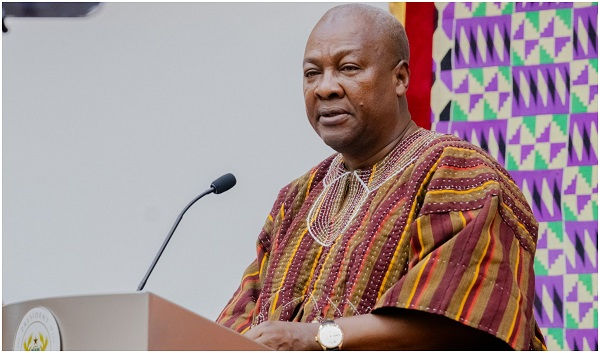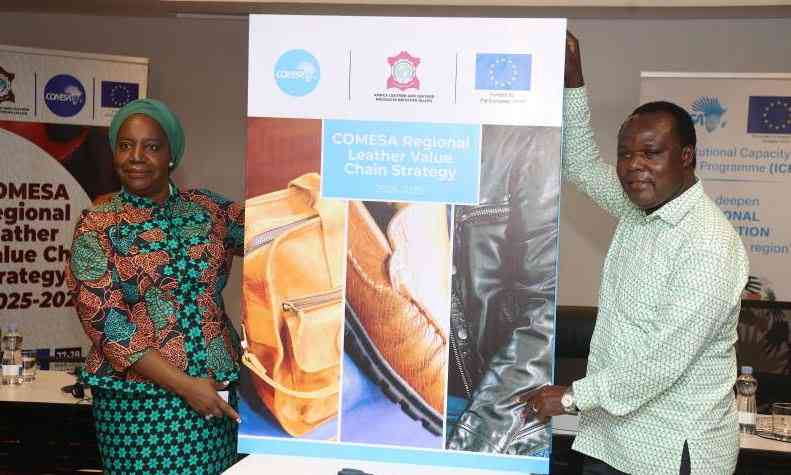COMESA Unveils Plan to Transform Africa's Leather Industry
The Common Market for Eastern and Southern Africa (COMESA) has recently launched its Regional Leather Value Chain Strategy 2025–2029, a pivotal initiative aimed at transforming Africa from a primary exporter of raw hides into a dominant global force in leather manufacturing. The launch event featured key discussions and insights into the challenges and opportunities facing the African leather industry.
Dr. Juma Mukhwana, Principal Secretary for Investments, Trade, and Industry in Kenya, highlighted a significant obstacle: the varying trade standards across African countries. He emphasized that trade standards should facilitate rather than impede business operations. Harmonizing these regulations would enable businesses to operate more seamlessly across the continent, thereby expanding Africa’s stake in the global leather market. COMESA, with its 640 million people and a combined GDP exceeding USD 1 trillion, possesses immense potential that is currently underutilized due to trade restrictions, inadequate infrastructure, and an over-reliance on exporting raw materials.
Another critical issue raised by Dr. Mukhwana was the low level of intra-African trade. He pointed out that Africa trades more with the rest of the world than within its own borders, with intra-African trade at only 15–17%, compared to Europe’s nearly 70%. Building robust regional supply chains is essential to reverse this trend and foster greater economic integration.
A striking paradox in Africa’s leather industry is its role as a major exporter of raw hides and skins while simultaneously importing finished leather goods worth over USD 1.1 billion annually. COMESA Secretary General Chileshe Kapwepwe stressed the importance of reversing this dynamic, advocating for a shift from exporting raw materials to becoming a global leader in high-quality leather products.
Ethiopia’s success story in developing a robust leather sector through investments in industrial parks and local processing facilities was presented as a model for other African nations. Dr. Mukhwana emphasized the need for countries to integrate their value chains and share knowledge to compete effectively on a global scale. The strategy also includes the establishment of a centralized “Trade House” to provide small and medium-sized enterprises (SMEs) with access to quality raw materials, chemicals, and accessories at affordable prices, thereby removing production bottlenecks and facilitating business scaling.
The conversation also addressed the need to change perceptions about leather, particularly in rural areas where hides and skins are often viewed as waste. Nobby Macharia, Chair of the African Leather and Leather Products Institute (ALLPI), highlighted the potential value of hides and skins, sometimes exceeding that of the meat itself. Sensitizing farmers and abattoir operators to reduce waste could create thousands of jobs and generate millions in revenue.
Dr. Mukhwana underscored Africa’s industrial challenges by comparing its manufacturing output to that of Europe. With 17% of the global population, Africa contributes less than 3% to world manufacturing, while Europe, with only 9% of the population, accounts for 24%. He warned that importing finished goods effectively exports jobs and hinders local industrial growth.
Former COMESA Secretary General Erastus Mwencha reflected on the historical importance of leather in COMESA’s industrial policy, praising Ethiopia’s leadership and emphasizing the need for Africa to invest in design, innovation, and branding to maintain global competitiveness.
The event concluded with a strong call to action, urging delegates to commit to the strategy’s implementation. ALLPI Executive Director Nicholas Mudungwe likened the strategy’s implementation to a marriage, requiring commitment, teamwork, and adaptability.







